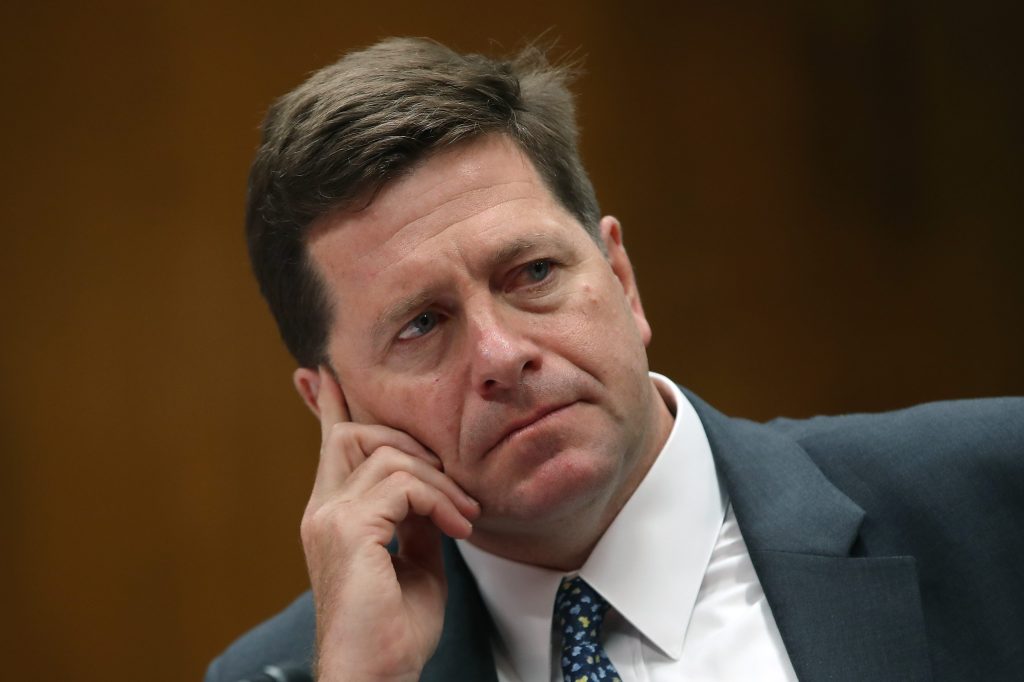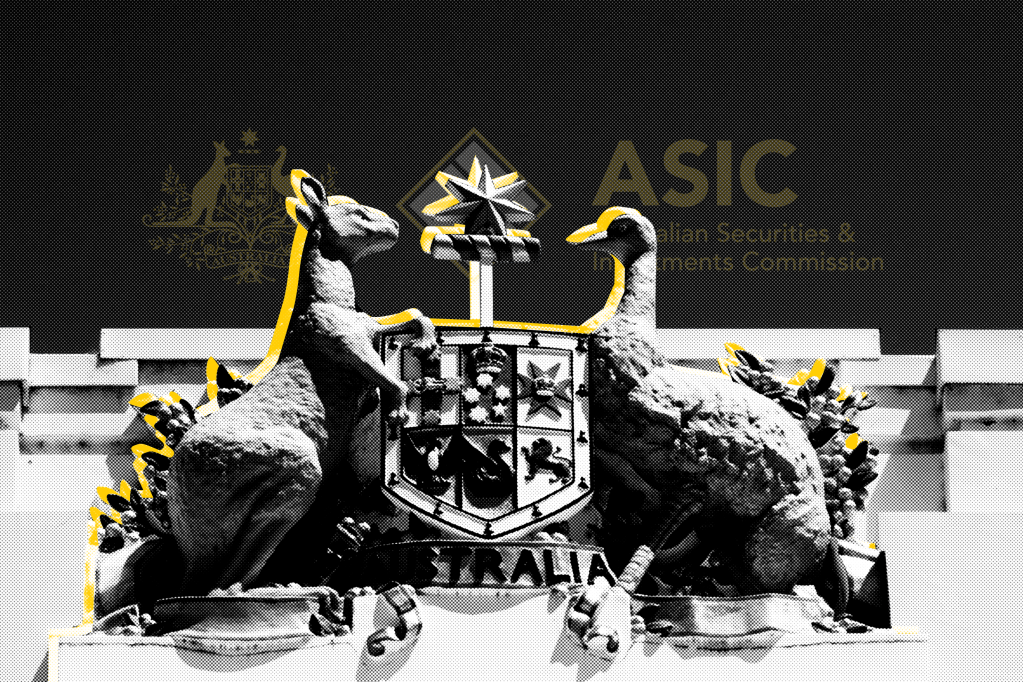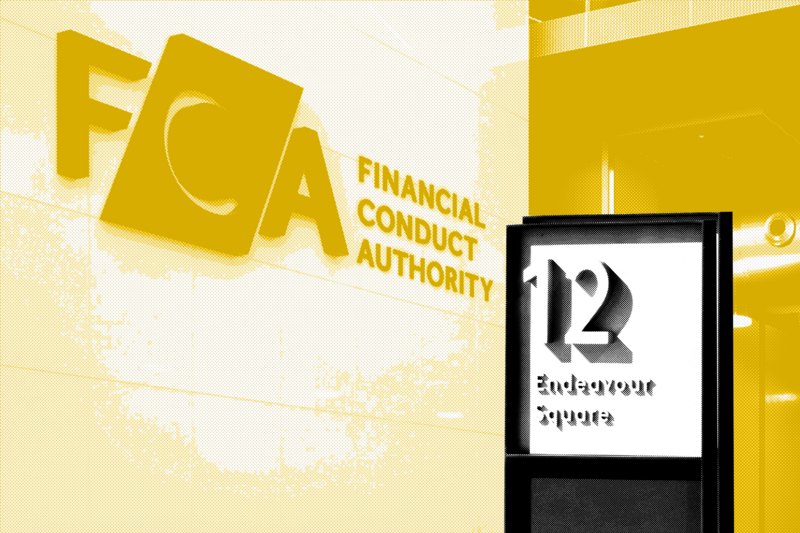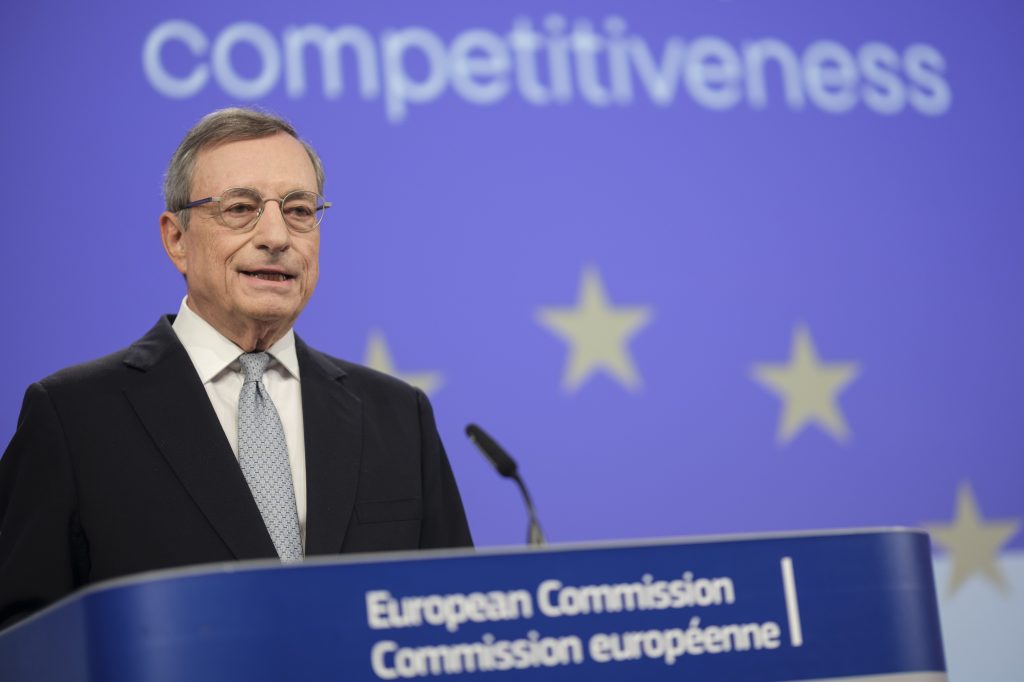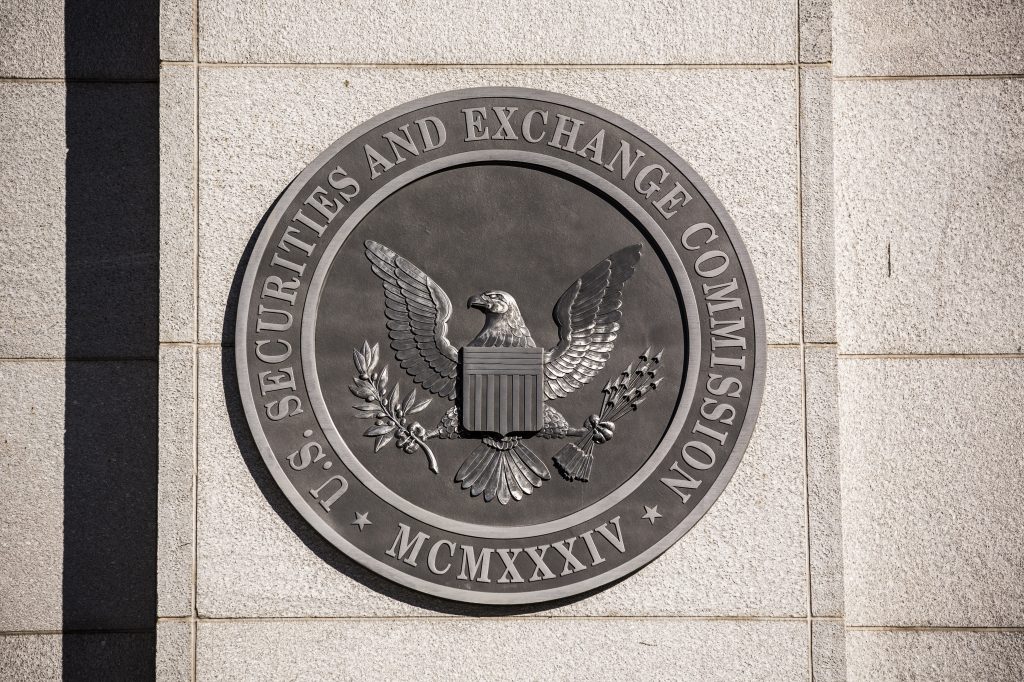At the 2025 SEC Speaks conference, the four Commissioners laid out contrasting visions for the agency’s future.
Chairman Paul Atkins called for a principled return to market facilitation and innovation, emphasizing pragmatism over ideology. Commissioner Uyeda championed institutional discipline, celebrating a regulatory reset grounded in statutory mandate.
Commissioner Peirce presented
Register for free to keep reading.
To continue reading this article and unlock full access to GRIP, register now. You’ll enjoy free access to all content until our subscription service launches in early 2026.
- Unlimited access to industry insights
- Stay on top of key rules and regulatory changes with our Rules Navigator
- Ad-free experience with no distractions
- Regular podcasts from trusted external experts
- Fresh compliance and regulatory content every day

